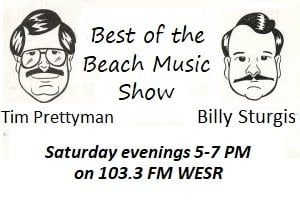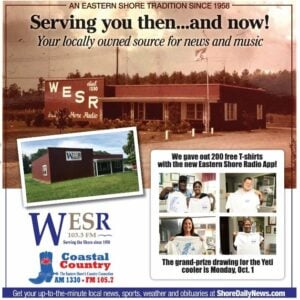
Annapolis, MD—In 2021, an estimated 67,470 acres of underwater grasses were mapped in the Chesapeake Bay and its tidal tributaries, achieving 37% of the ultimate restoration goal of 185,000 acres. However, it is likely that more underwater grasses grew in the Bay in 2021 than the mapped acreage suggests. Adverse weather conditions, such as frequent rain and cloudy water, prevented researchers from successfully collecting imagery over the Mattaponi and Pamunkey rivers.
While underwater grass abundance did increase by almost 9% from 2020 to 2021, the preliminary acreage observed in 2021 is still a slight decrease from the long-term average of 69,623 acres, and approximately a 38% decline from 2018, when it was estimated that the Bay might have supported up to 108,078 acres.
Underwater grass abundance can vary from species to species and river to river. In 2021, local highlights included:
Northern Maryland: Underwater grass abundance in and around the Susquehanna Flats region increased from 9,200 acres in 2020 to 10,331 acres in 2021. However, the Elk River decreased from 613 acres in 2020 to 190 acres in 2021.
Middle and Eastern Chesapeake Bay: Underwater grass acreage in the Little Choptank River continued to decline, dropping from 551 acres in 2020 to 175 acres in 2021. Likewise, the Choptank River to its north decreased its acreage from 4,562 acres in 2020 to 4,132 acres in 2021. The Eastern Bay did not fare much better, declining from 840 acres in 2020 to 507 acres in 2021. On the middle Western shore of the Bay, the Severn and Magothy rivers both saw significant decreases in underwater grass acreage. The Severn declined from 294 acres in 2020 to 227 acres in 2021, while the Magothy decreased from 124 acres in 2020 to 59 acres in 2021.
Mid-to-Lower Chesapeake Bay: In the Virginia portion of the mid-to-lower Bay, underwater grasses did particularly well in the Corrotoman and Rappahannock rivers, as well as in Mobjack Bay. The Rappahannock, which includes the Corrotoman, increased from 2,204 acres in 2020 to 3,235 acres in 2021. In Mobjack Bay, underwater grass acreage increased from 7,440 acres in 2020 to 8,355 acres in 2021.
To learn more about our progress toward achieving and sustaining 185,000-acres of underwater grasses Bay-wide, please visit ChesapeakeProgress.
Underwater grasses in the Chesapeake Bay are measured and calculated each year by an aerial survey conducted by the Virginia Institute of Marine Science. In some instances, satellite imagery may be used to complement the results from the aerial survey.
The Chesapeake is grouped into four different salinity zones to better reflect the various communities of underwater grasses that are found in the Bay. All of the salinity zones experienced increases in underwater grass acreage from 2020 to 2021, but the largest was observed in the very salty waters at the mouth of the Bay.
These gains are largely due to widgeon grass, which fluctuates year-to-year depending on the weather and changes in water quality. Widgeon grass experienced a heavy decline in this portion of the Bay in 2019, and while we are observing its active recovery in this region, it continues to decrease in other portions of the Bay, such as the moderately salty waters of the mid Chesapeake.
Underwater grasses—also known as submerged aquatic vegetation or SAV—are critical to the Chesapeake Bay ecosystem. They keep our waters clean by absorbing excess nutrients, trapping suspended sediment and slowing wave action that helps to stabilize shorelines, protect wetlands and reduce erosion. Bay grasses also provide food for small invertebrates and migratory waterfowl and habitat for fish and blue crabs. In fact, bay grass abundance is one of several factors that can impact the health and stability of the blue crab population: the loss of these grasses is a loss of nursery habitat which can increase their vulnerability by pushing young crabs to gather in the limited nurseries that remain. In the 2022 Bay-wide Blue Crab Winter Dredge Survey, the population of juvenile blue crabs increased slightly from 86 million in 2021 to 101 million in 2022. Researchers that study underwater grasses believe that the increase or decline of the juvenile blue crab population is in direct correlation to the increase and decrease of grass beds.
Because Bay grasses are sensitive to climate conditions and pollution but quick to respond to water quality improvements, their abundance is a good indicator of Bay health. To support the resurgence of underwater grass beds in the Bay, cities and towns can reduce polluted runoff and upgrade wastewater treatment plants with pollution-reducing technologies, farmers can use conservation practices to keep fertilizers in their fields, boaters can steer clear of bay grass beds that are growing in shallow waters, waterfront landowners can limit hardened shorelines where possible and homeowners can use rain barrels or rain gardens to slow the delivery of nutrient- and sediment-laden stormwater runoff into the Bay.
.













